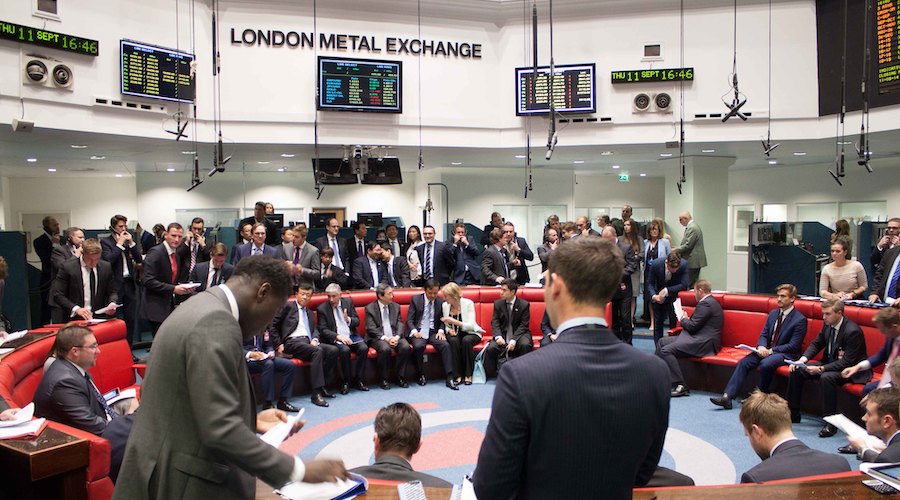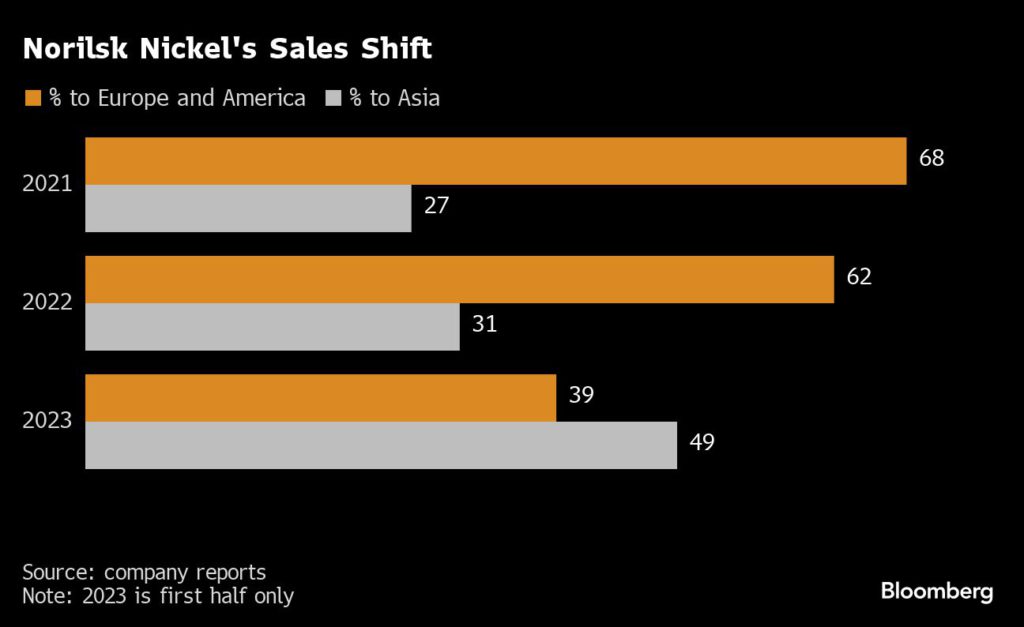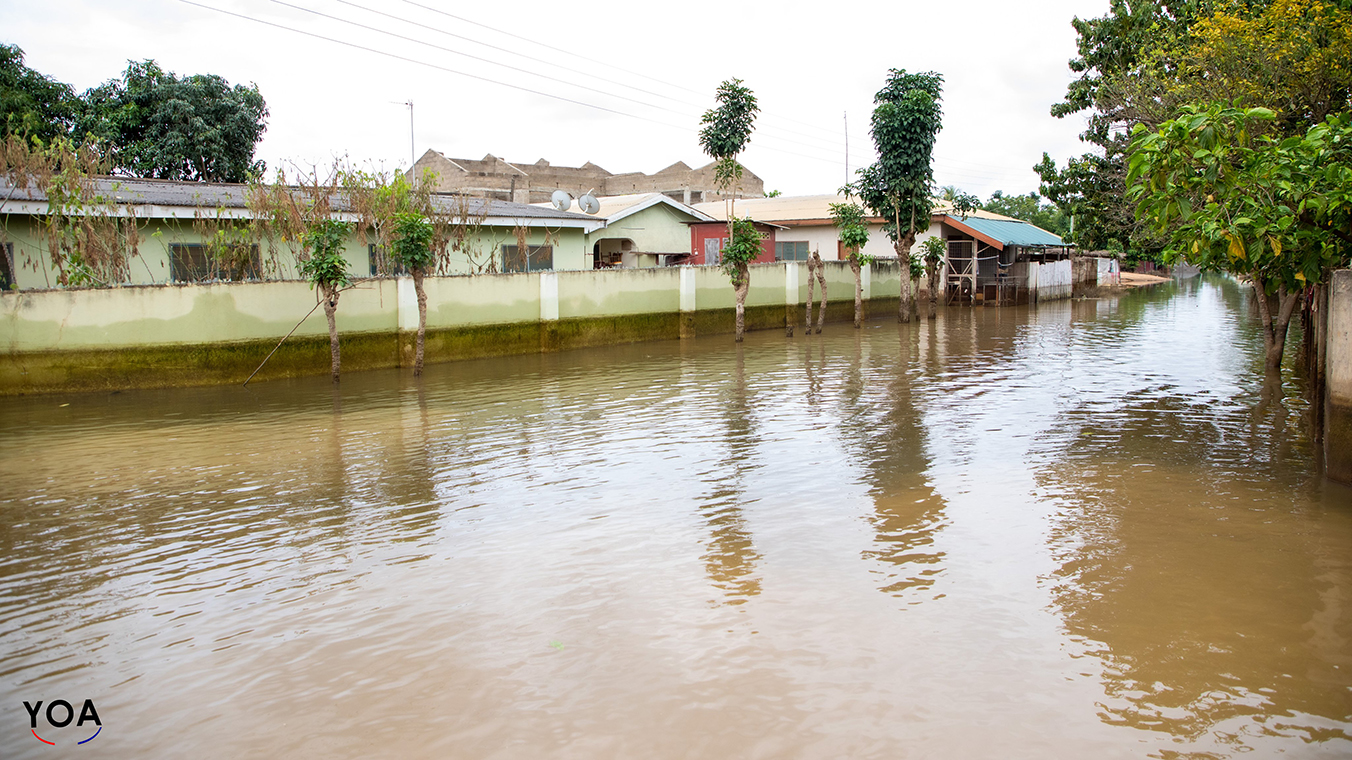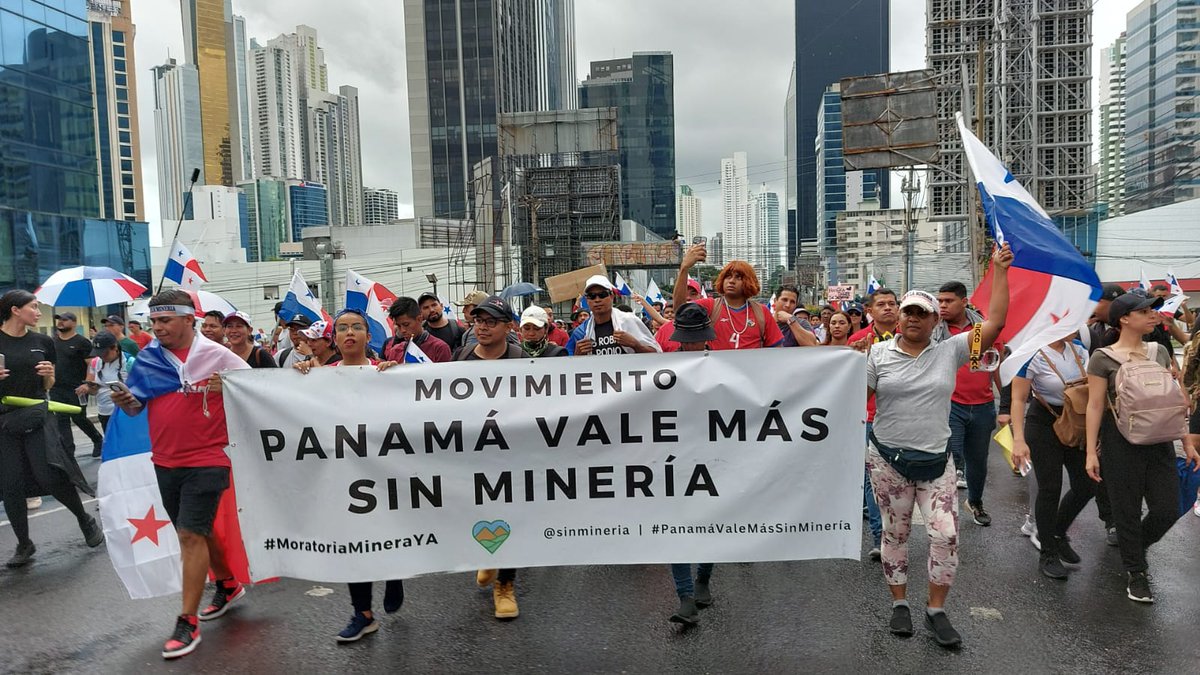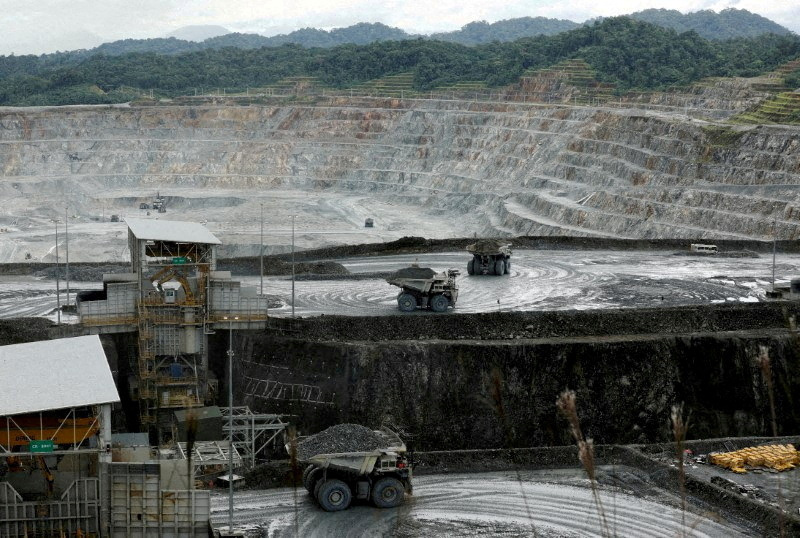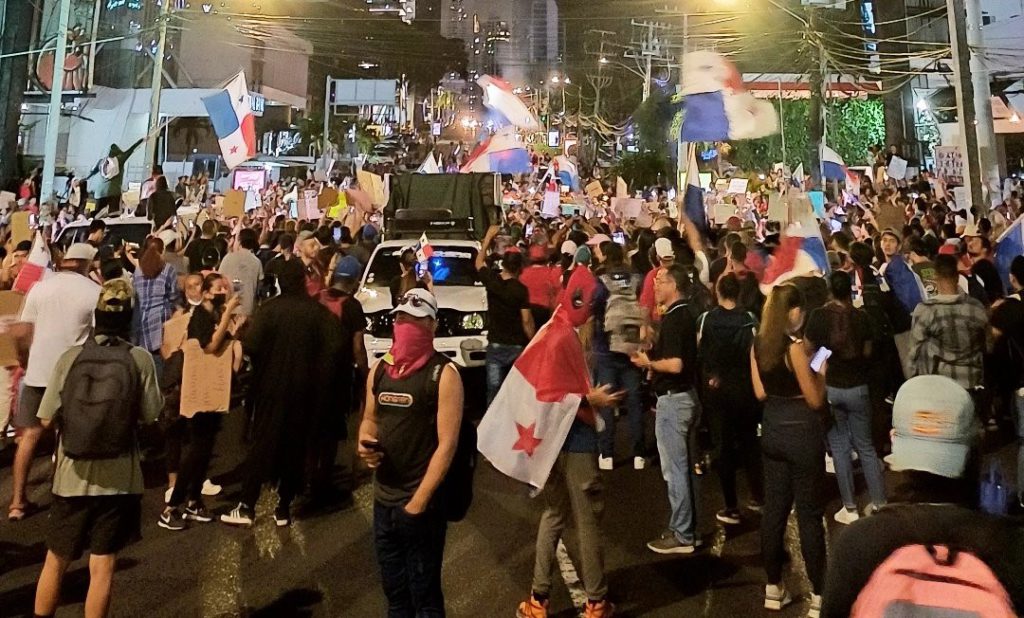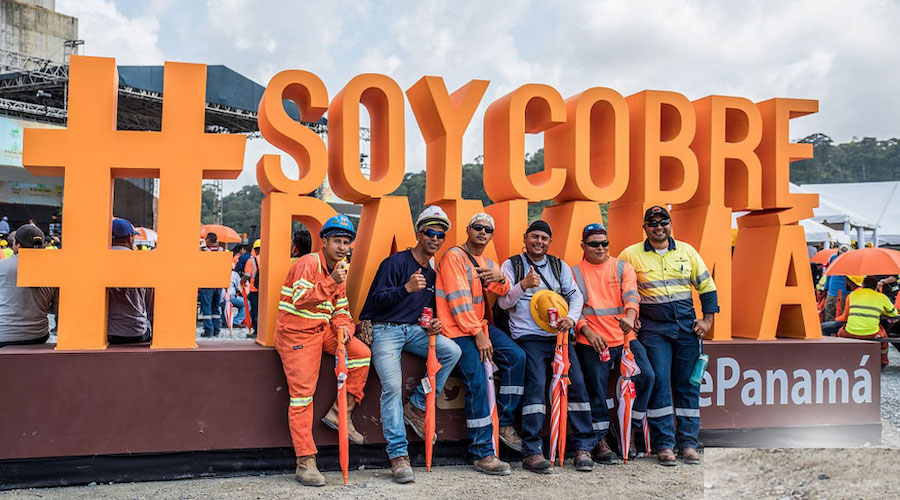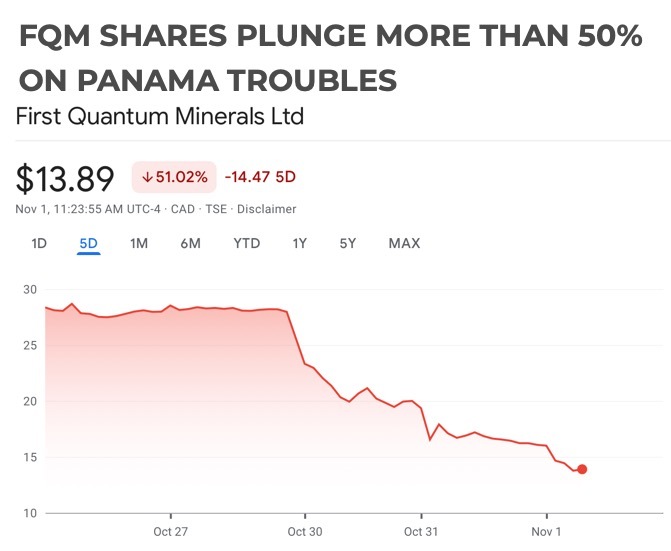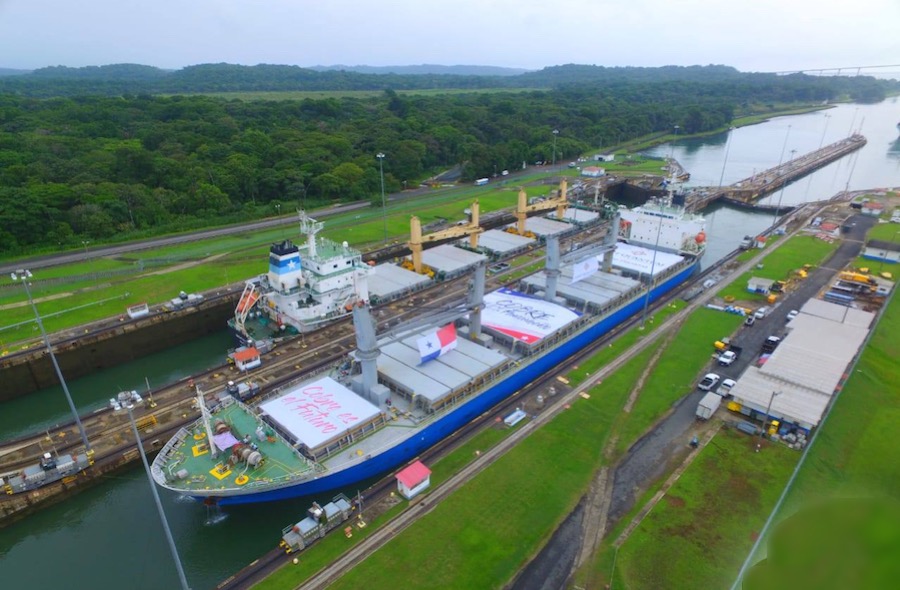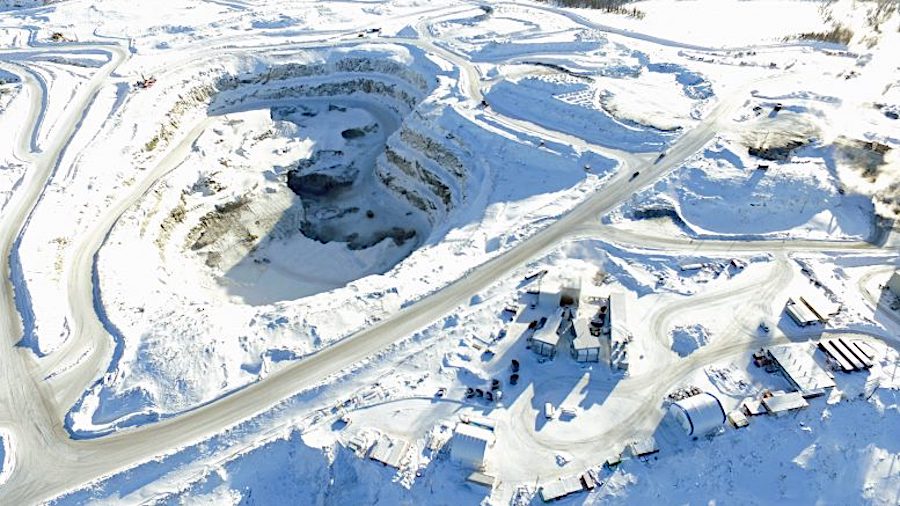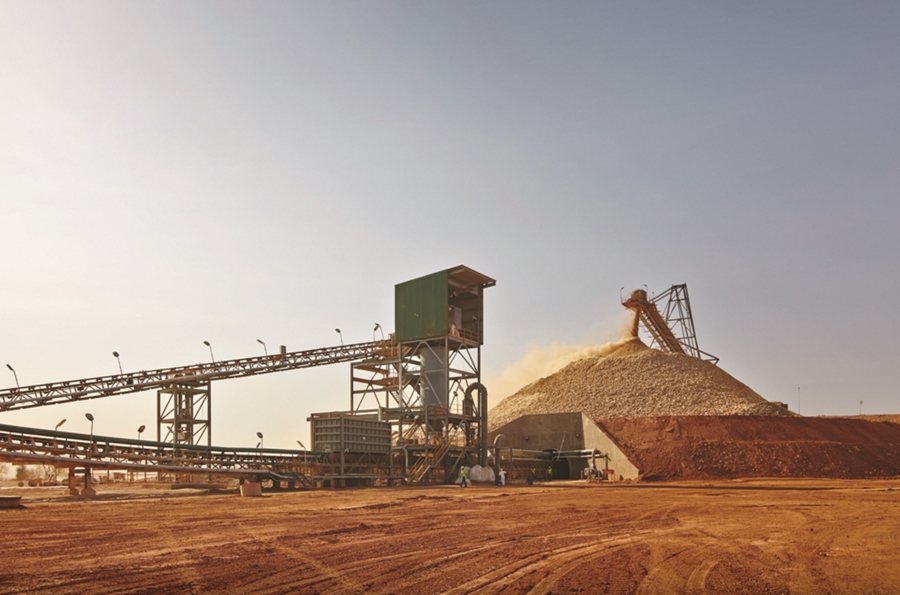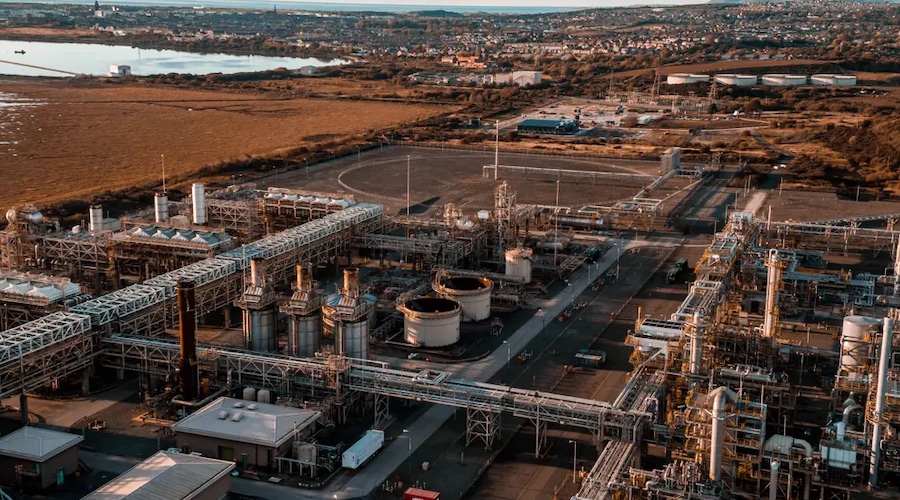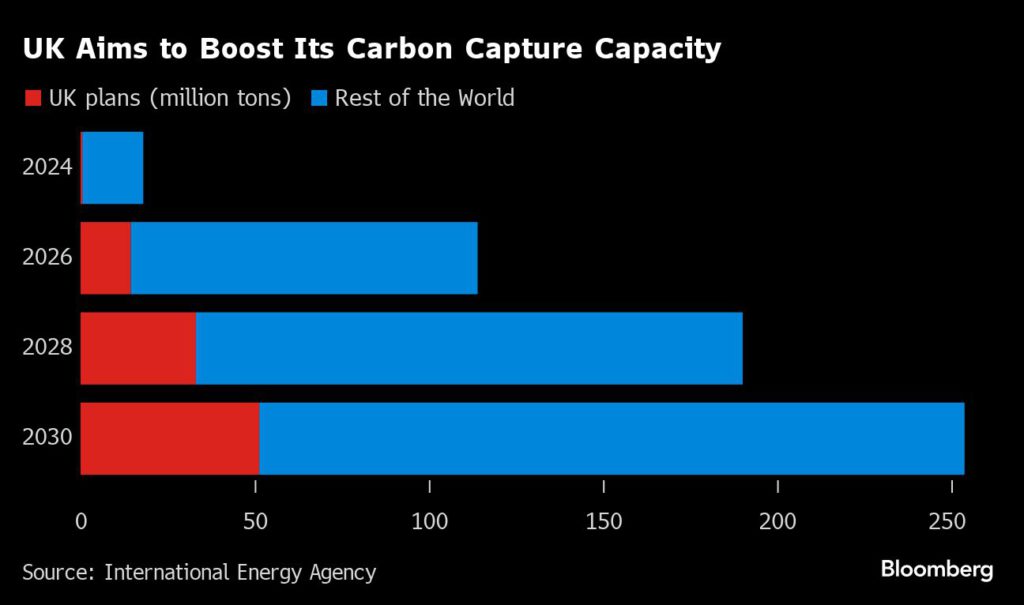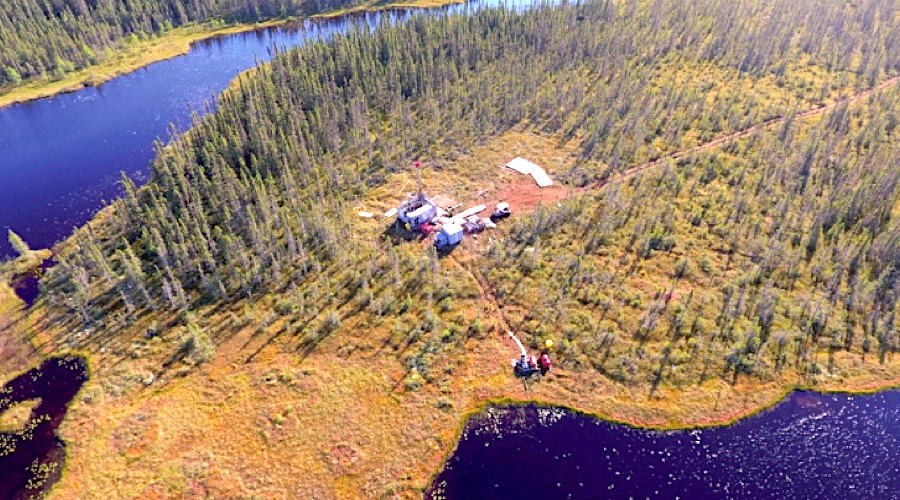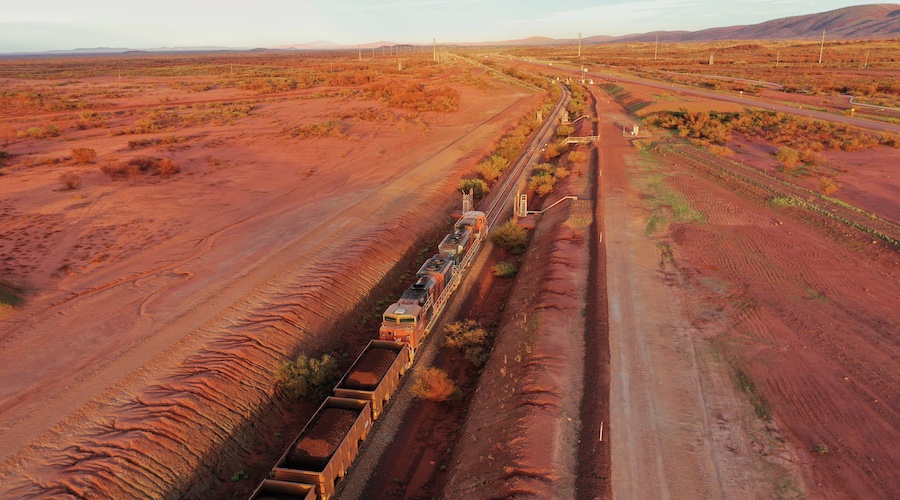Business Wire
Wed, November 1, 2023

SHERIDAN, Wyo., November 01, 2023--(BUSINESS WIRE)--Following years of collaborative work, Ramaco Resources Inc. formally acquired a patent from the U.S. Department of Energy’s leading research institution, the National Energy Technology Laboratory (NETL), for the commercial development of a revolutionary coal-to-products technology. The patented process uses coal as feedstock to help create vehicle batteries, construction and infrastructure materials, and a wide range of consumer products.
The process converts coal and coal-related mining waste into high-quality, affordable carbon nanosheets, also known as graphene. Carbon nanosheets are atomically thin pieces of carbon that can be used to improve the strength of composite materials like concrete, as well as in the performance of battery electrodes, such as those used in defense technologies and electric vehicles.
"These characteristics make carbon nanosheets a unique candidate for the batteries and concrete composites we use today," said Christopher Matranga, an NETL researcher who developed the technology with colleagues Fan Shi and McMahan Gray.
Carbon nanosheets are of growing strategic importance to the national economy and defense. This month China announced restrictions on its export of graphite on national security grounds, a material to which carbon nanosheets serve as a lab-created alternative.
The NETL technology makes the large-scale production of carbon nanosheets in a simple one-reactor process with a high product yield. Using inexpensive domestic coal as the base manufacturing feedstock also makes the economics more attractive, as opposed to more expensive feedstocks such as petroleum. The new technology brings the manufacturing costs in line with other specialty carbon materials used to enhance building materials.
Additionally, it is conceivable that the coal-related waste housed in mine impoundments could also be used to make nanosheets, which offers additional opportunities to manufacture useful products from this waste.
"Using this novel carbon nanosheet technology, we will be able to pursue a variety of higher value commercial applications of coal," said Randall Atkins, Ramaco’s Chairman and Chief Executive Officer. "This specific technology will help us focus on innovations for batteries applications, building and construction materials and a wide range of electronic devices. We look forward to working with our partners at NETL on this and other exciting carbon products made from coal."
NETL and Ramaco have been longstanding partners. In June 2018, NETL and Ramaco signed a cooperative research and development agreement to discover new uses for coal. NETL researchers have also collaborated with Ramaco to take advantage of coal-derived carbon nanosheets to improve the performance of cement composites.
About Ramaco Resources, Inc.
Ramaco Resources, Inc. is an operator and developer of high-quality, low-cost metallurgical coal in southern West Virginia, southwestern Virginia and southwestern Pennsylvania. Its executive offices are in Lexington, Kentucky, with operational offices in Charleston, West Virginia and Sheridan, Wyoming. The Company currently has three active mining complexes in Central Appalachia and one mine not yet in production near Sheridan, Wyoming. Contiguous to the Wyoming mine it operates a research and pilot facility related to the production of advanced carbon products and materials from coal. In connection with these activities, it holds a body of roughly 50 intellectual property patents, pending applications, exclusive licensing agreements and various trademarks. For more information about us, please visit our website at www.ramacoresources.com.
About National Energy Technology Laboratory
NETL is a U.S. Department of Energy national laboratory that drives innovation and delivers technological solutions for an environmentally sustainable and prosperous energy future. By leveraging its world-class talent and research facilities, NETL is ensuring affordable, abundant and reliable energy that drives a robust economy and national security, while developing technologies to manage carbon across the full life cycle, enabling environmental sustainability for all Americans.
View source version on businesswire.com: https://www.businesswire.com/news/home/20231101187898/en/
